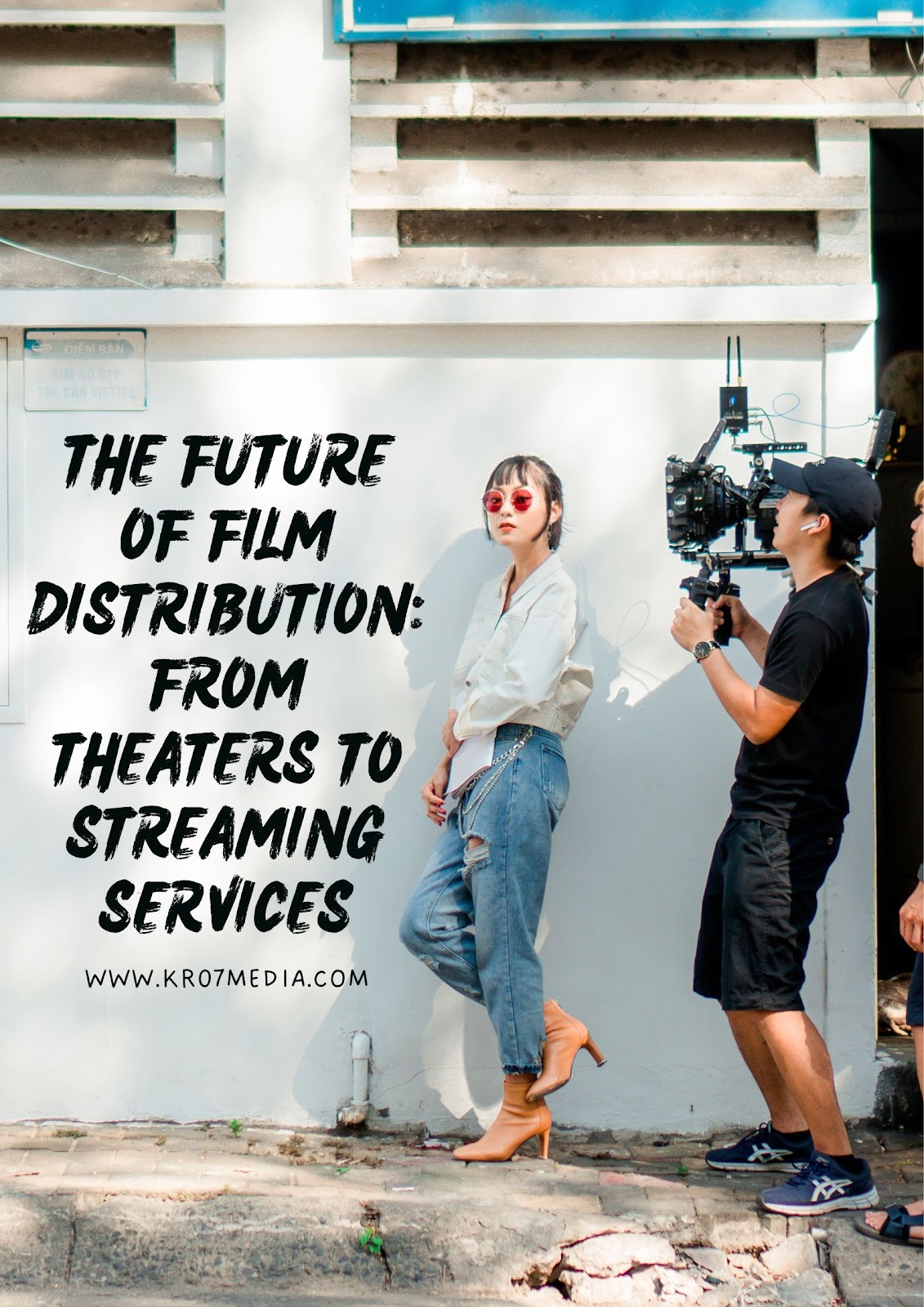The Future of Film Distribution: From Theaters to Streaming Services
The landscape of film distribution has undergone a dramatic transformation in recent years, spurred by the rapid evolution of technology and changing consumer behaviors. The traditional model, which relied heavily on theatrical releases as the primary avenue for film distribution, has been challenged and reshaped by the rise of streaming services. This shift raises questions about the future of film distribution, the role of theaters, and the potential implications for the film industry as a whole.
The Traditional Model: A Theatrical Experience
For much of the 20th and early 21st centuries, theaters were the dominant platform for film distribution. The theatrical release was not only a significant revenue stream but also a cultural event that brought audiences together for a shared experience. Films would typically debut in theaters, followed by a staggered release to home video, television, and eventually streaming platforms. This windowing strategy maximized profits and allowed studios to control the timing of a film's availability across different formats.
However, this model has faced increasing pressure as consumer preferences have shifted towards more flexible, on-demand viewing experiences. The convenience of watching films at home, coupled with the growing quality of home entertainment systems, has diminished the allure of theaters for many viewers. Moreover, the COVID-19 pandemic accelerated this trend, as lockdowns and social distancing measures forced theaters to close temporarily and pushed studios to experiment with direct-to-streaming releases.
The Rise of Streaming Services
Streaming services like Netflix, Amazon Prime Video, and Disney+ have fundamentally altered the film distribution landscape. These platforms offer a vast library of content that can be accessed anytime, anywhere, and on a variety of devices. For consumers, this means unprecedented convenience and choice. For filmmakers and studios, streaming services provide a new avenue to reach global audiences without the constraints of traditional distribution methods.
One of the most significant developments in recent years has been the shift towards simultaneous or near-simultaneous releases of films in theaters and on streaming platforms, often referred to as "day-and-date" releases. This approach gained traction during the pandemic when studios like Warner Bros. opted to release major films like "Wonder Woman 1984" on HBO Max on the same day as their theatrical debut. While this strategy was initially seen as a temporary response to the pandemic, it has since become a more permanent fixture in the industry.
Streaming platforms have also started investing heavily in original content, bypassing traditional theatrical distribution altogether. Netflix, for instance, has produced and released critically acclaimed films like "Roma" and "The Irishman", which received limited theatrical runs primarily to qualify for awards season before being made available exclusively on the platform. This model allows streaming services to retain full control over their content and distribution, further disrupting the traditional film distribution model.
The Future of Theaters: Adaptation and Resilience
Despite the growing dominance of streaming services, theaters are unlikely to disappear entirely. Instead, they are expected to adapt and evolve in response to changing market dynamics. Theaters may increasingly focus on offering unique, premium experiences that cannot be replicated at home, such as IMAX screenings, luxury seating, and enhanced sound systems. Additionally, the communal aspect of watching a film in a theater with an audience remains a powerful draw for many moviegoers.
Theaters could also diversify their offerings by hosting special events, such as film festivals, live broadcasts of concerts or sports events, and interactive screenings. By positioning themselves as entertainment hubs, theaters can continue to attract audiences seeking out-of-home experiences.
Hybrid Distribution Models
As the industry moves forward, a hybrid distribution model that combines theatrical releases with streaming availability is likely to emerge as the new norm. This model offers the best of both worlds: theaters can continue to serve as the venue for major releases and cinematic experiences, while streaming platforms provide accessibility and convenience for those who prefer to watch films at home.
Studios and filmmakers will need to be more strategic in their approach to distribution, carefully considering factors such as the film's target audience, genre, and budget when deciding on the optimal release strategy. For example, big-budget blockbusters may still benefit from a traditional theatrical release, while smaller, niche films might find a more receptive audience on streaming platforms.
Challenges and Opportunities
The shift towards streaming-centric distribution models presents both challenges and opportunities for the film industry. On one hand, the democratization of distribution via streaming platforms can lead to a more diverse range of voices and stories being represented in cinema. Independent filmmakers, in particular, may find it easier to reach audiences without the need for costly theatrical releases.
On the other hand, the decline of theaters could have negative consequences for the industry, particularly in terms of revenue generation. Theatrical releases have historically been a major source of income for studios, and the move to streaming could result in lower box office returns and a more fragmented revenue stream.
Moreover, the intense competition among streaming platforms could lead to market saturation and content fatigue, as consumers are bombarded with an ever-growing array of choices. The challenge for streaming services will be to maintain the quality and originality of their offerings while navigating an increasingly crowded marketplace.
Conclusion
The future of film distribution is undoubtedly shaped by the rise of streaming services, but theaters will continue to play a vital role in the industry. As the market evolves, a hybrid distribution model that leverages the strengths of both platforms is likely to become the norm. For filmmakers, studios, and audiences alike, this new era of film distribution offers exciting possibilities, as well as challenges, that will redefine how we experience cinema in the years to come.



